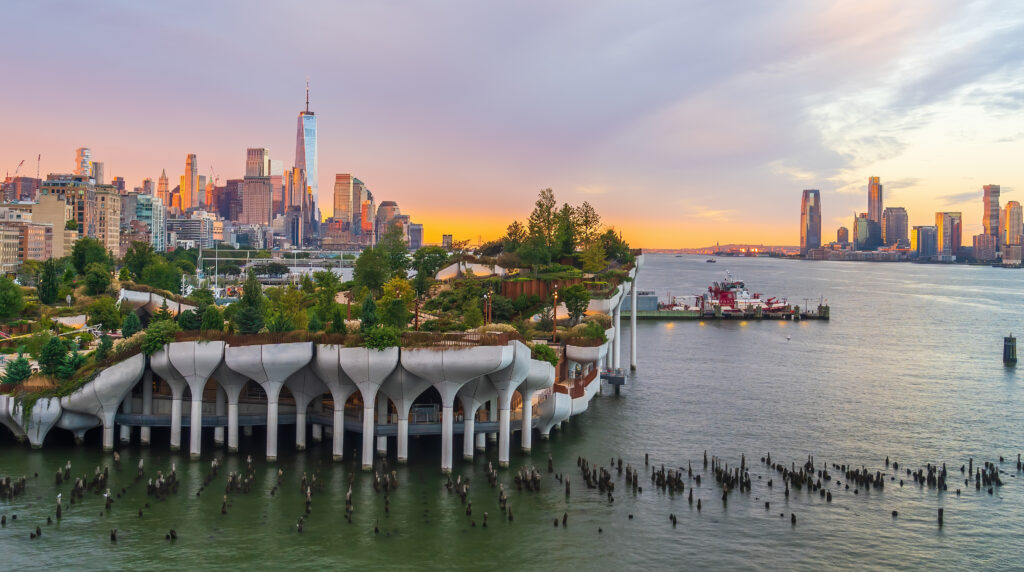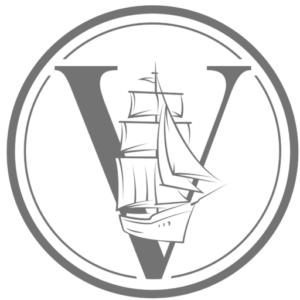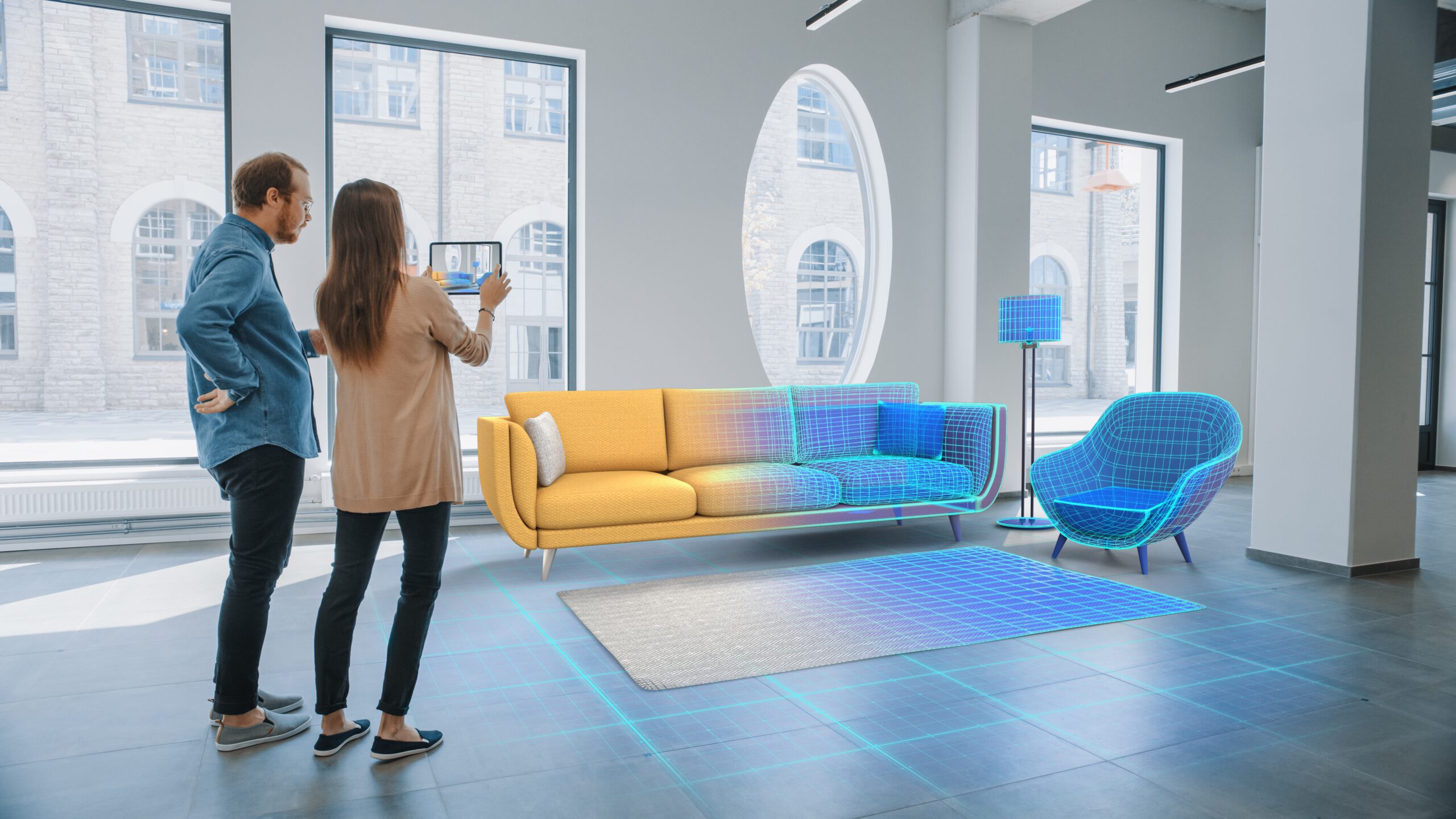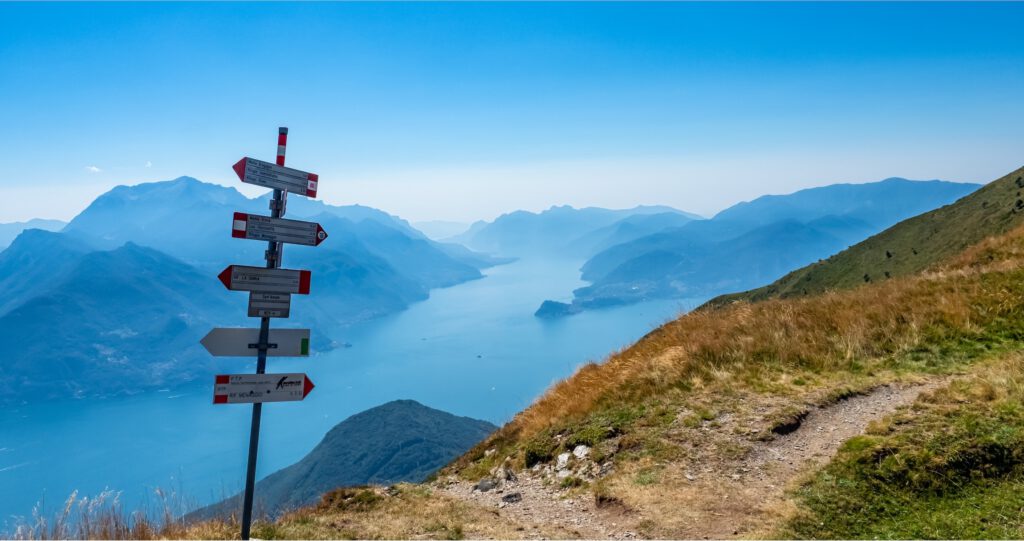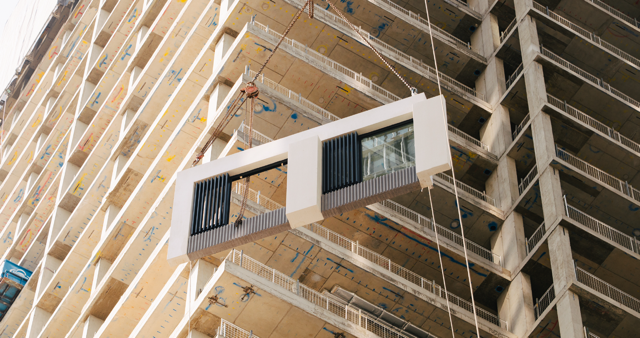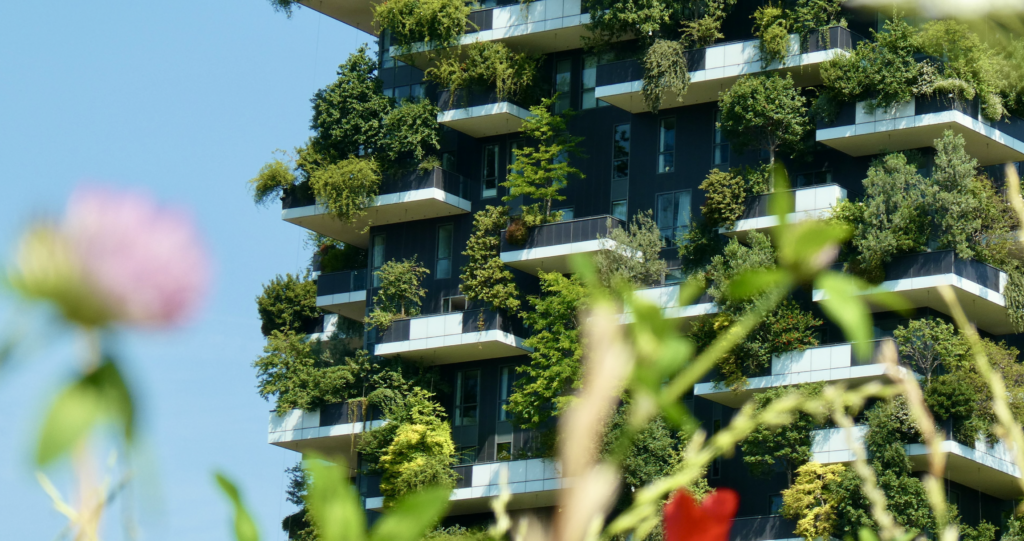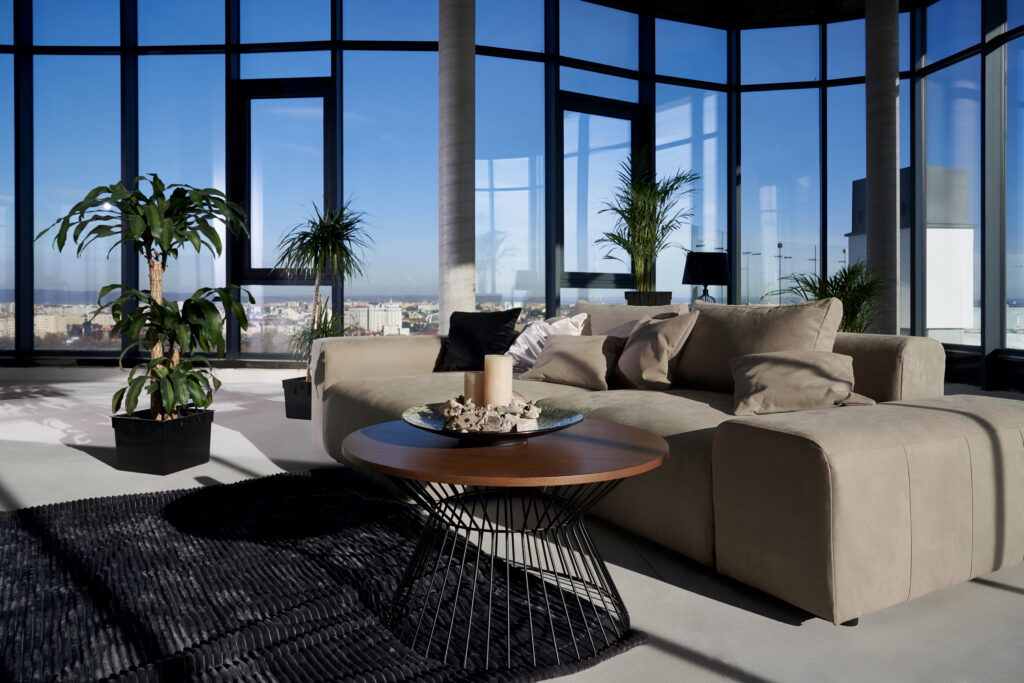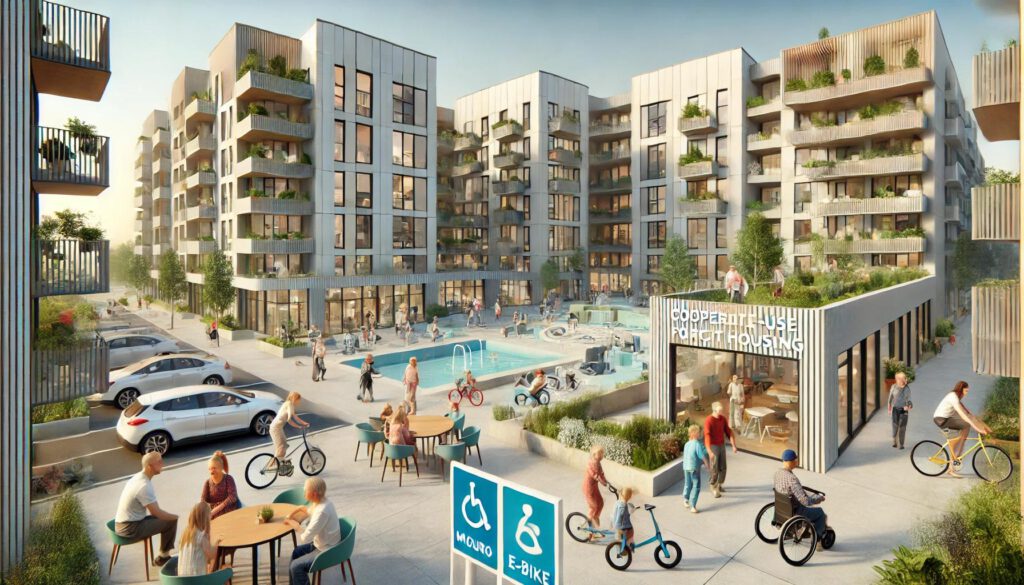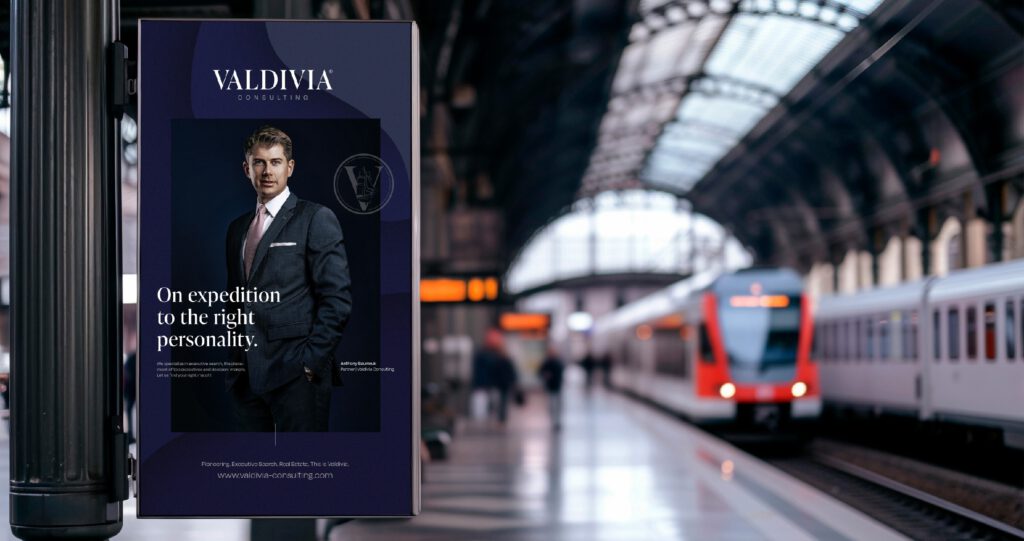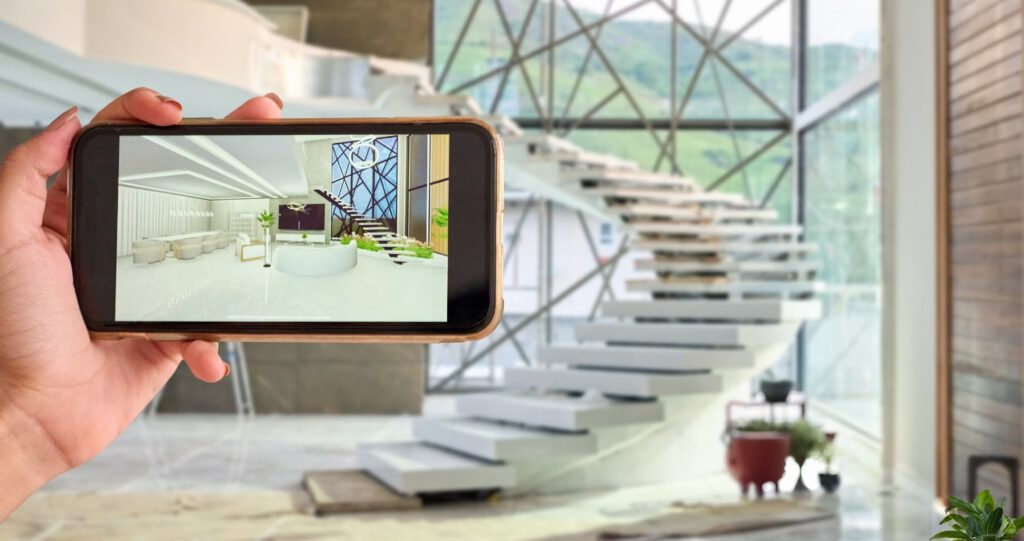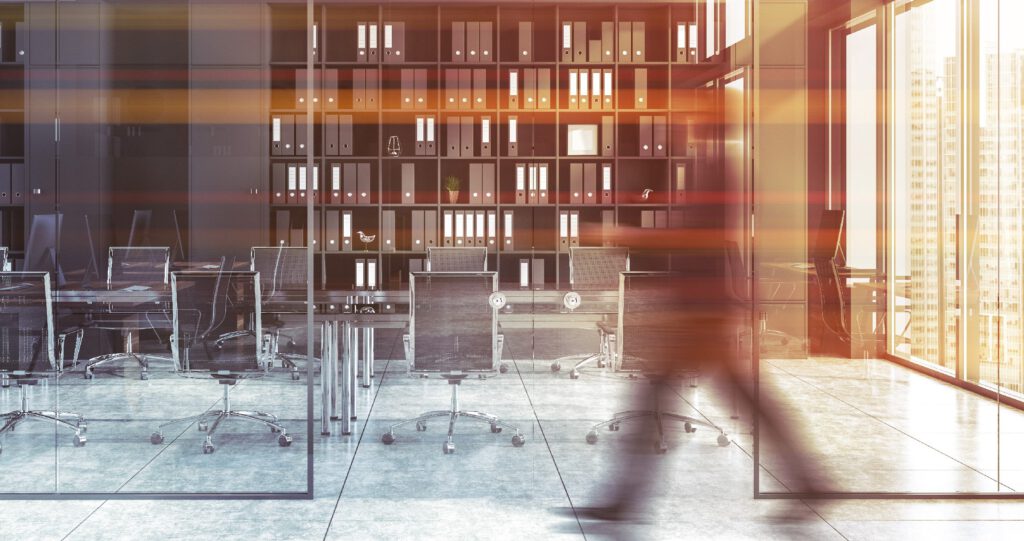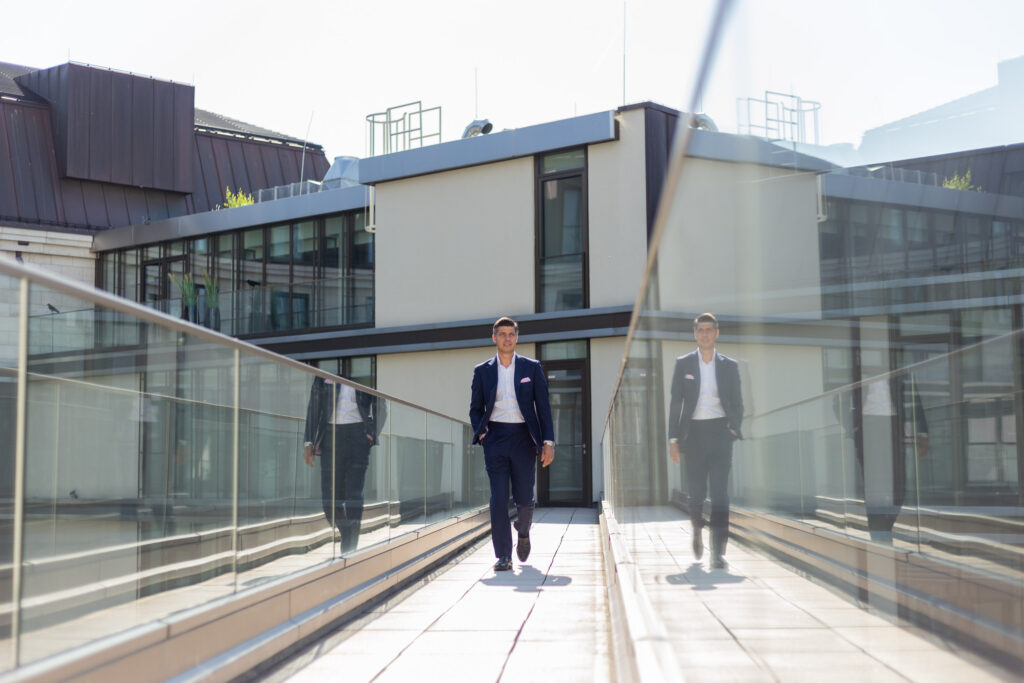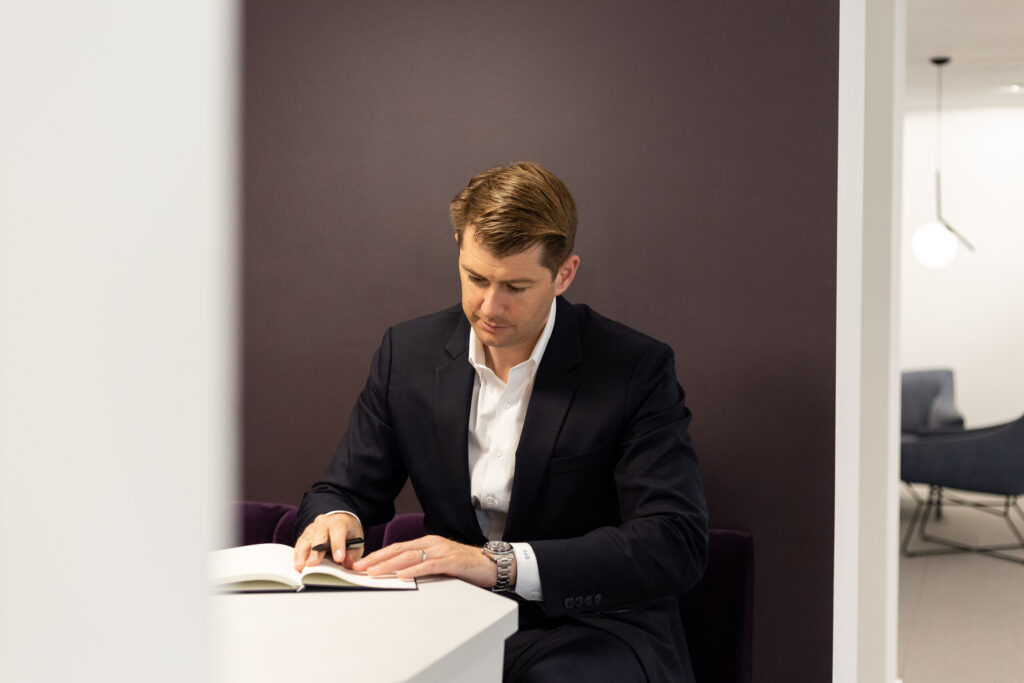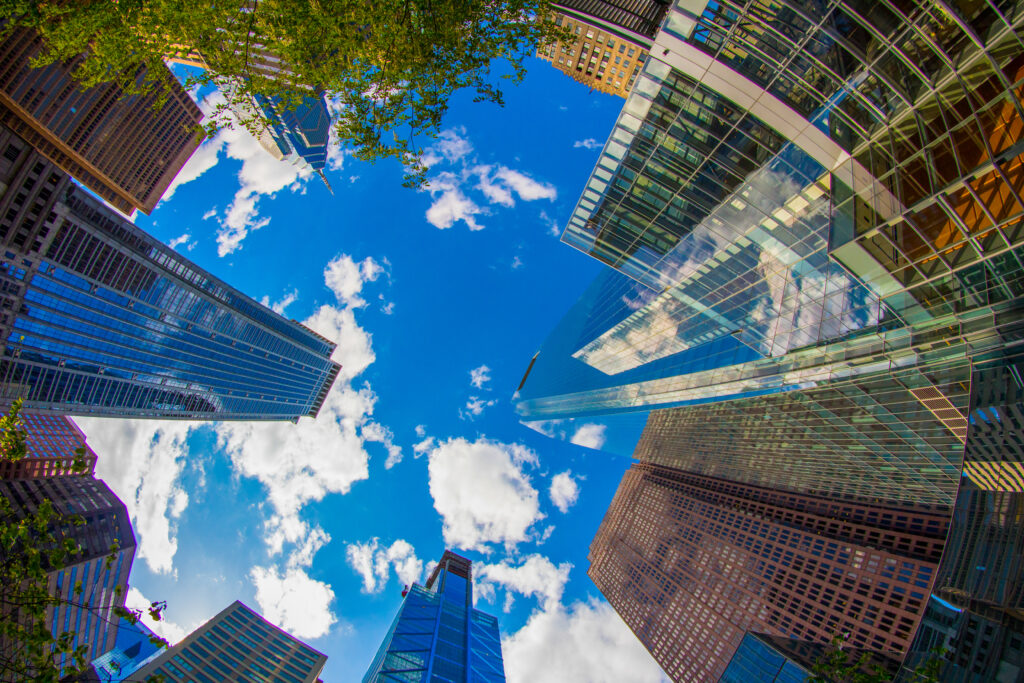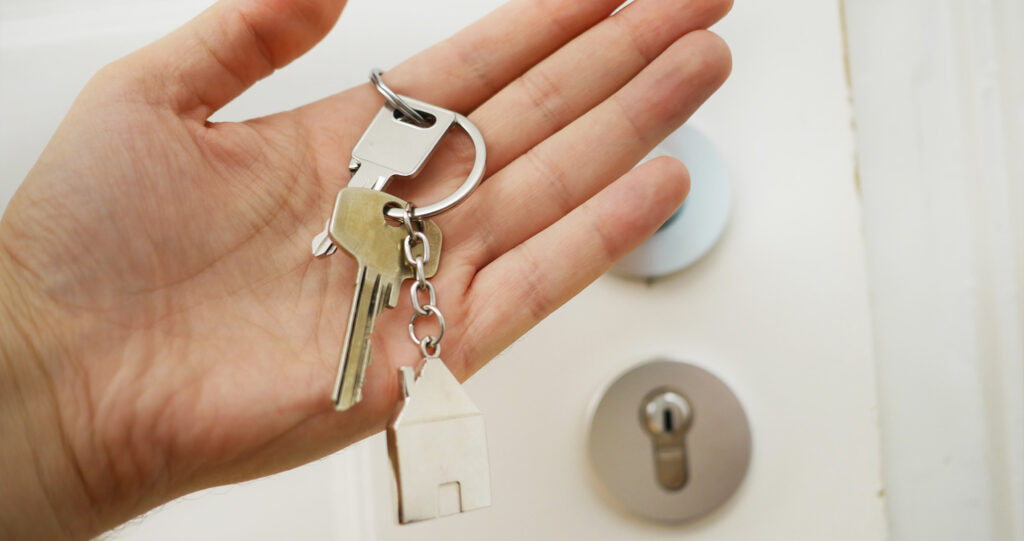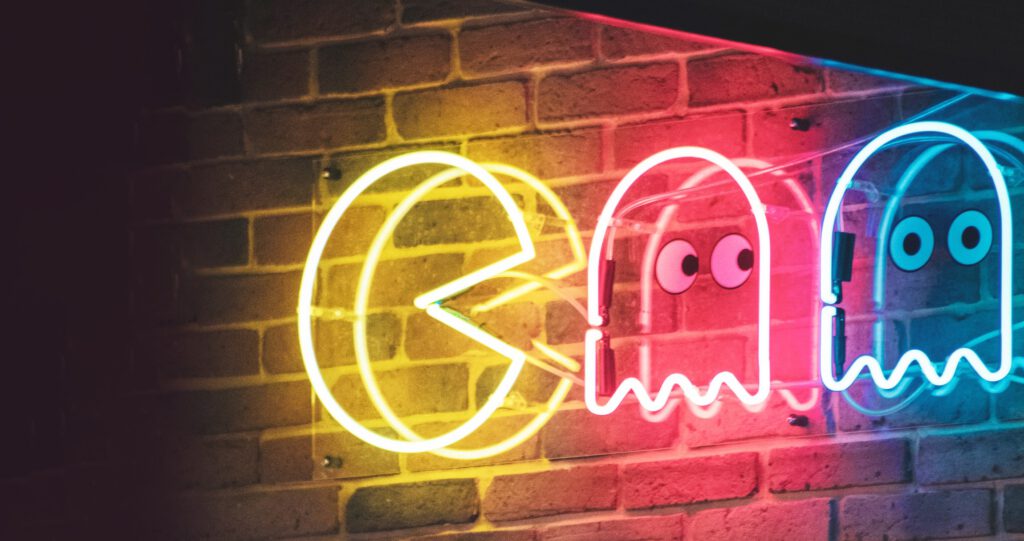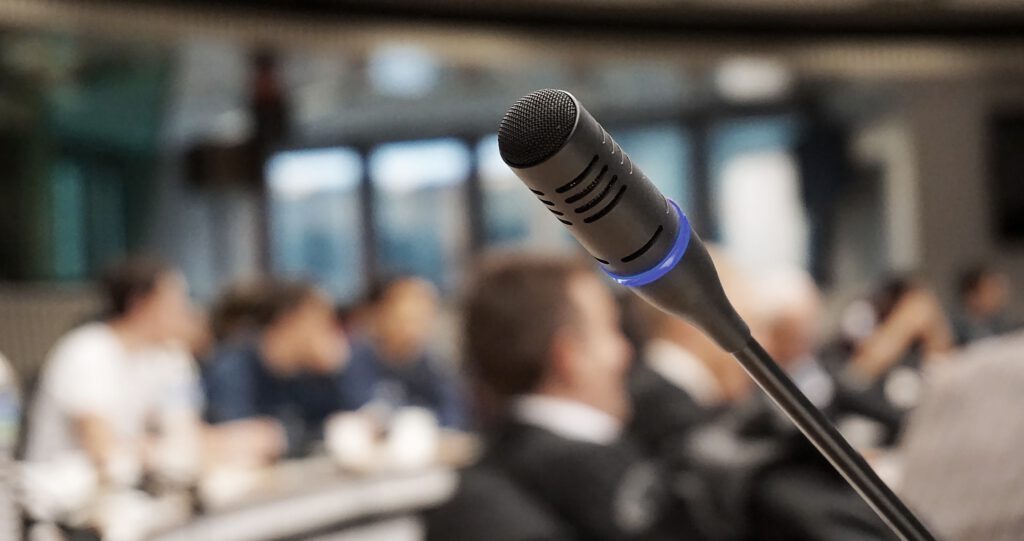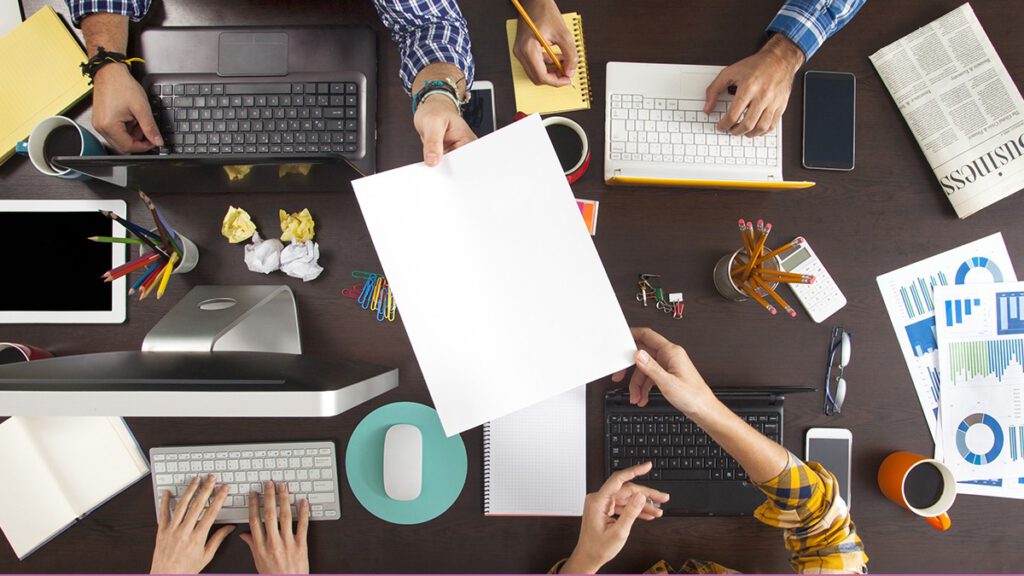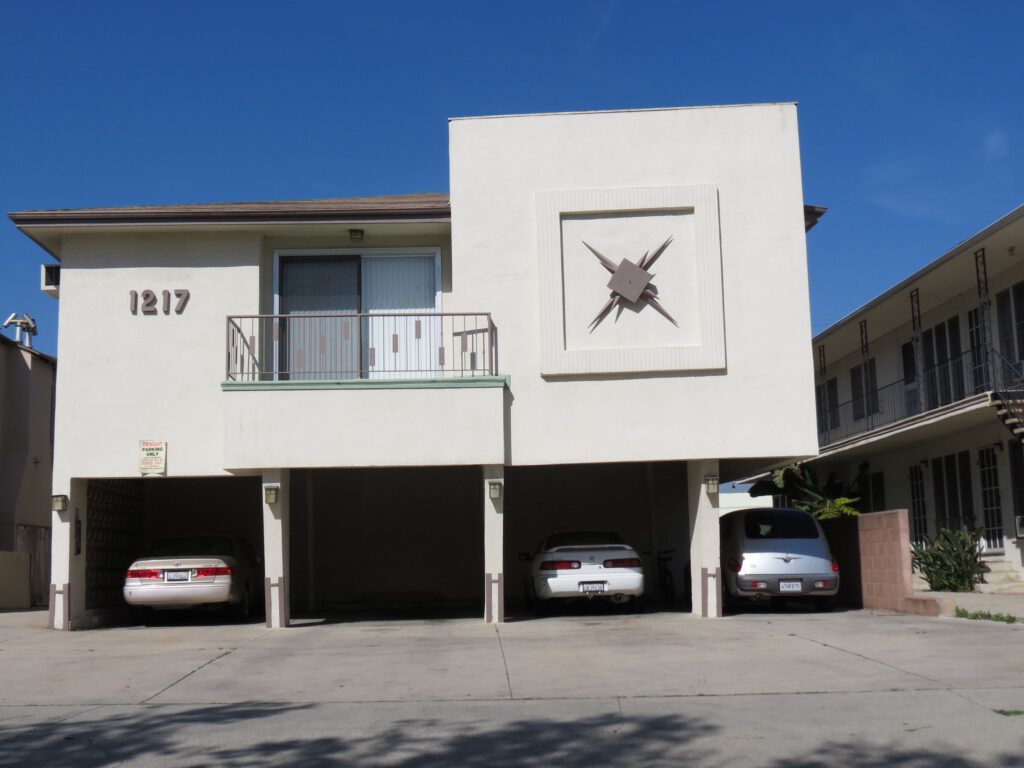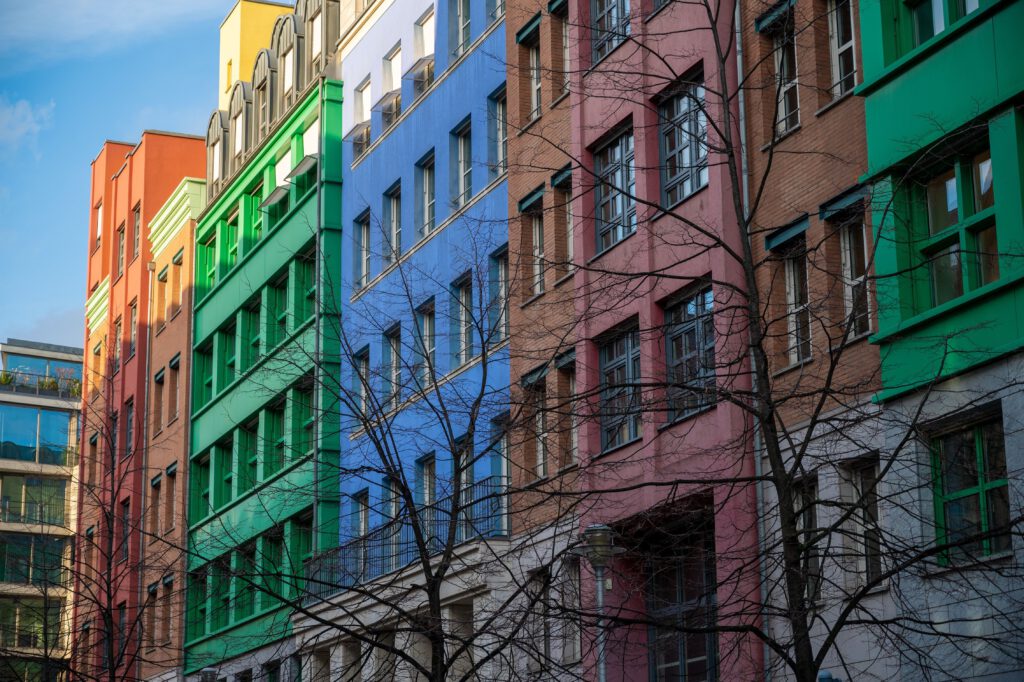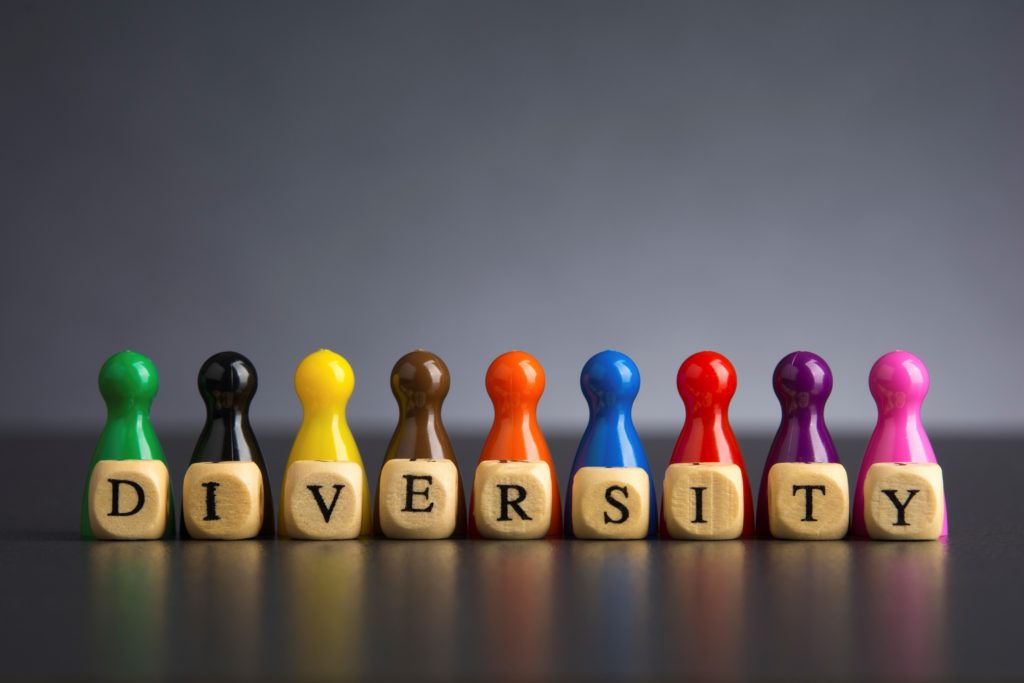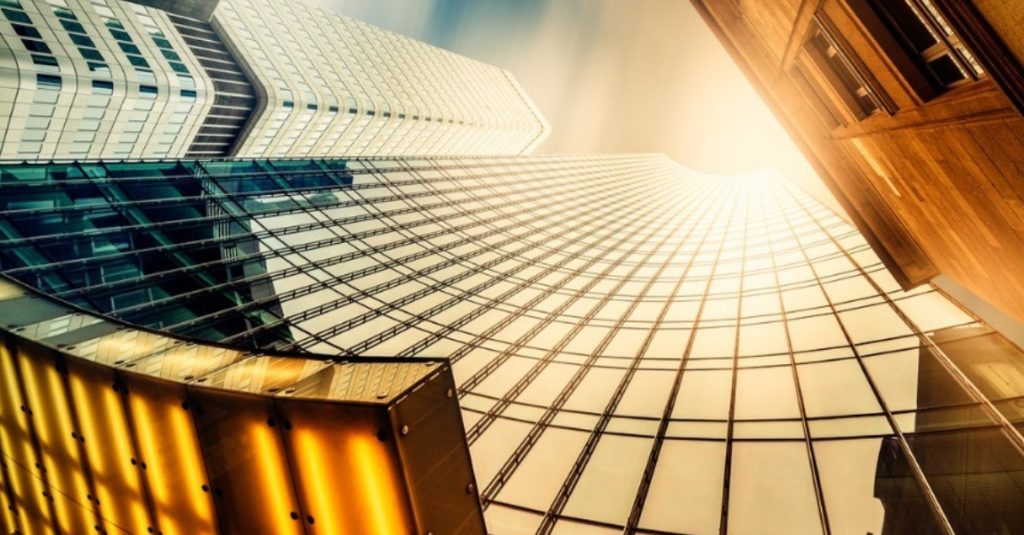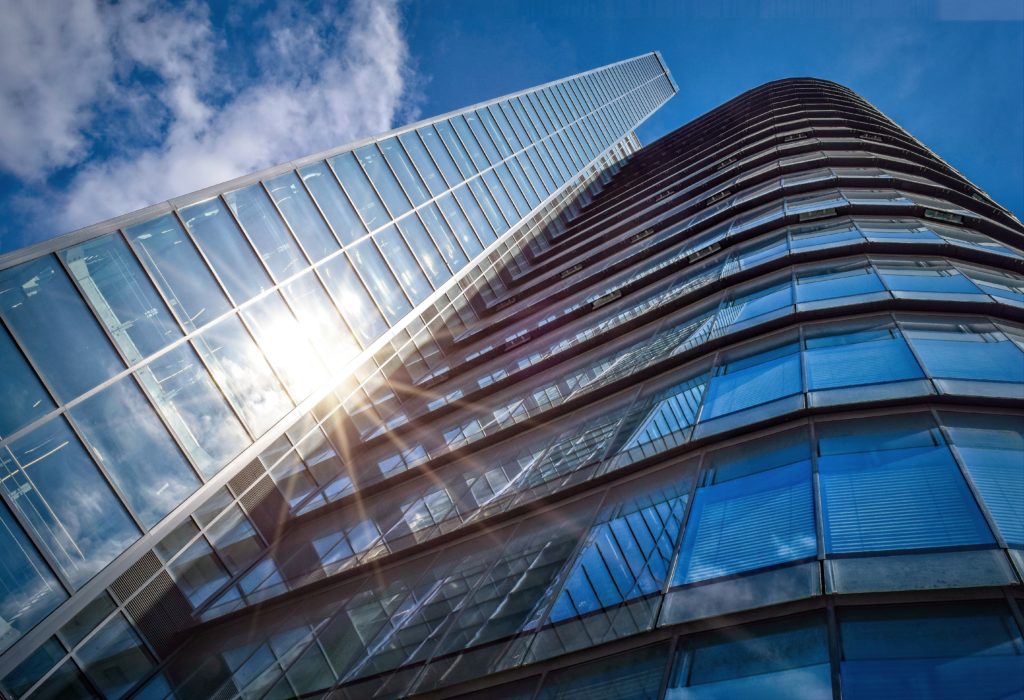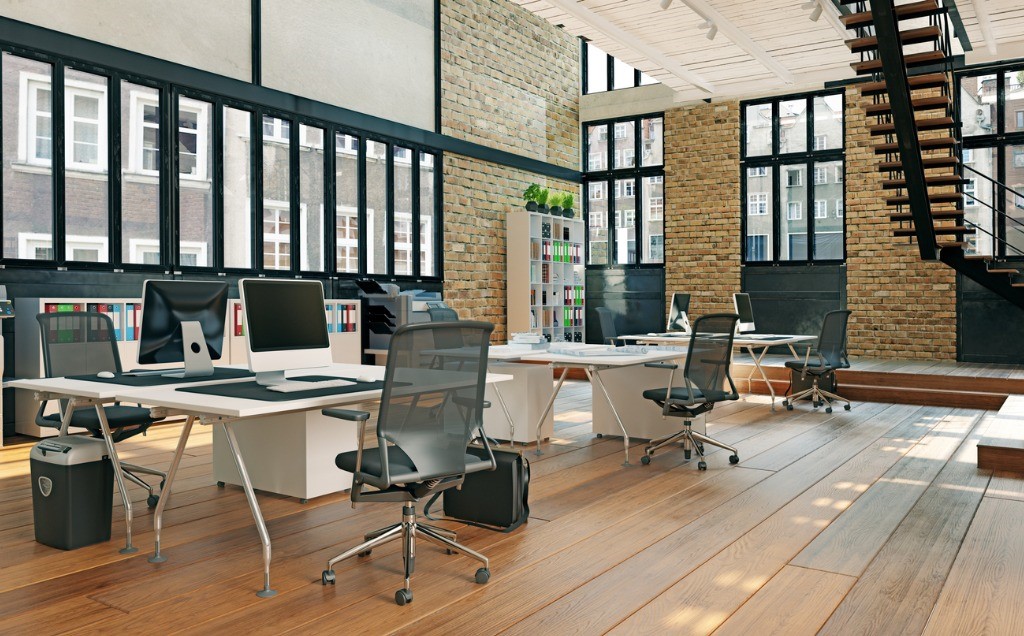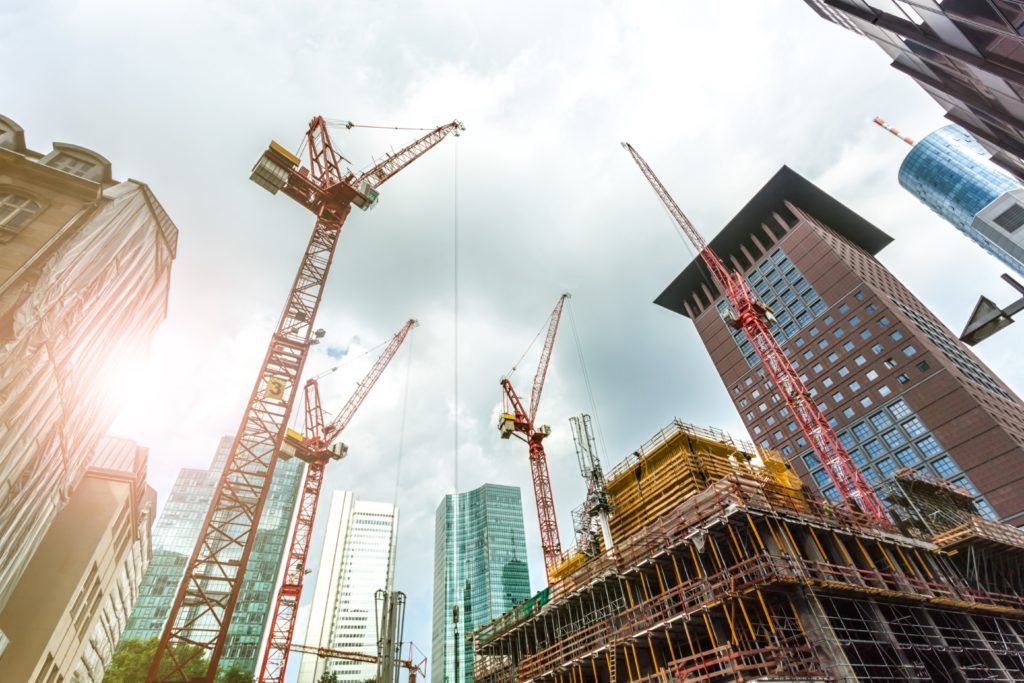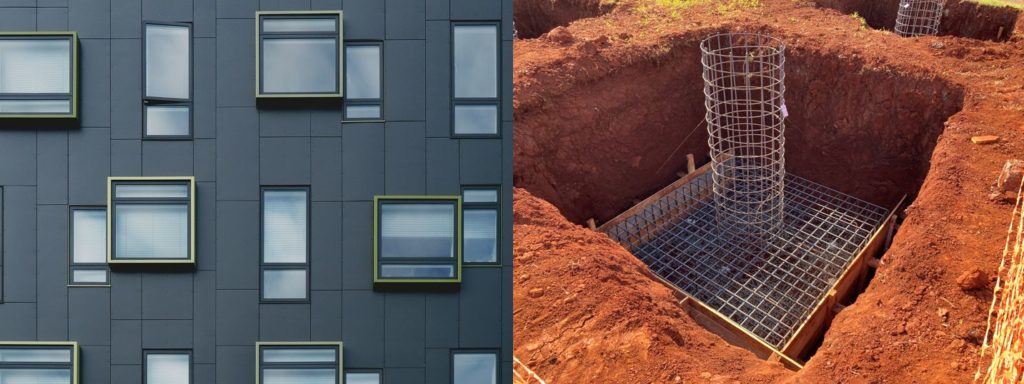Digitalisation: the Key to the Castle in the Air
Digitalisation has long made its way into the building and real estate sector. Be it apps that switch on lights or neighbourhood smart-grids: topics are plenty. And innovative solutions are also available for real estate marketing. For this Valdivia Expert Tip, we have selected a few that go beyond your classical website sales page .
More than a Service Tool: Property Software Application
Currently, there is very little usage of so called renter / tenant apps. And yet, they are flexible multi-purpose tools and a basis for many useful enhancements. German provider Telekom, for instance, provides a modular software combining administration with an SAP interface, services, communication as well as smart home control and mobility management. There is also Easysquare who cluster a variety of functionalities, such as document management, notifications of damage , news and neighbourhood contacts.
It goes with the low level of proliferation: services are still playing a minor role in real estate digitalization, and communication is not playing any role at all. This is the result of a Lünendonk® study, which was conducted in the previous year1. However, such an app can play a vital role in marketing for commercial as well as residential buildings:
- For owners: as a direct communication channel with their residents and users
- For residents and users, such as employees of renting corporations: as a service centre and neighbourhood forum
- For potential renters / tenants: as an element of advertising and an active waiting list
- For visitors and guests: as a help with orientation in the building, parking management tool and information on the surroundings
Experts with a technical focus tend to slightly underestimate the image effect, even though, for most people, the smartphone has become the key to many parts of life. So finding their residential or work place in this familar digital environment will be a definite benefit in marketing the property in question.
Virtual Reality: Change of Scene in the ’Air Castle’
3D visualisations of future buildings have become a standard. But how about a realistic round tour? We have seen such ‘immersive’ experiences mostly in computer games. Architecture, too, makes use of virtual or augmented reality tools (VR/AR2)3 – so why not use them for markting purposes?
VR/AR technology opens up fascinating possibilities in real estate marketing. There is no reason to stop at round tours: building owners or first tenants can play around with different floor plans, materials and colours, and try out individual wishes in their virtual ‘air castle’. Existing buildings, too, will gain as yet unknown attractiveness with AR: in what seems like magic, new walls, new room decor or staging elements appear in the empty room or ‘above’ existing structures.
So far, we have been thinking of digitalization as a building, a technical and a hardware thing. For real estate marketing, however, it will become increasingly important to ‘build up’ virtual rooms – material air castles, as it were.
1 „Digitalisierung in der Immobilienwirtschaft“, Lünendonk® 360-Grad-Studie, 2021 (English title: Digitalization in the Real Estate Industry)
2 VR für „Virtual Reality“, AR für „Augmented Reality“
3 „Augmented und Virtual Reality — Potenziale und praktische Anwendung immersiver Technologien“, bitkom-Studie, 2021 (English title: Augmented and Virtual Reality – Potential and Application of Immersive Technologies
